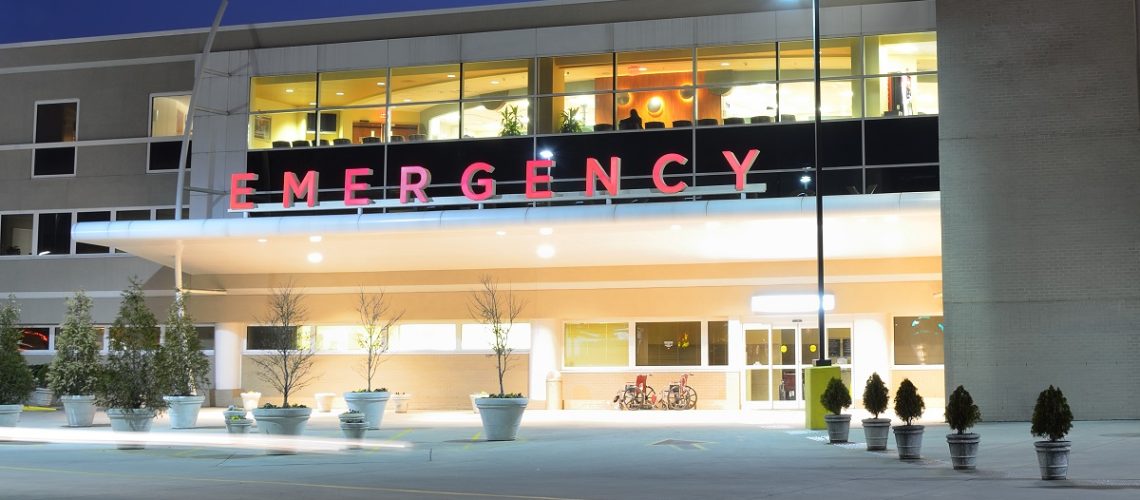- The pandemic has caused a surge in demand for medical facilities, driving medical real estate investment.
- Building design and construction techniques are adapting to create safe and healthy hospitals in a post-pandemic world.
- The healthcare industry has evolved towards a patient-centered approach, requiring buildings that support wellness and relaxation.
- Technology is being integrated into facility design to create a safe and healthy atmosphere, such as touchless sensors and air quality monitors.
- Compliance with regulatory requirements is crucial when designing and constructing healthcare facilities, such as guidelines from CMS and WHO.
Medical real estate investment is one of the world’s most lucrative and sought-after forms of investment today. It is no secret that the healthcare industry is one of the most critical sectors requiring significant investment. The pandemic has only increased the need for medical facilities and hospitals, and there is a growing demand for buildings prioritizing safety and health.
The ongoing pandemic has brought many challenges to the healthcare sector. One of the most significant issues hospitals face is the need for a safe and healthy environment. The medical real estate industry is undergoing changes, and building designs and construction techniques are adapting to create safer and healthier hospitals.
This article will explore the role of building design and construction in the creation of safe and healthy hospitals in a post-pandemic world.
Impact of the Pandemic on Medical Real Estate Investment
The COVID-19 pandemic has dramatically changed the healthcare industry, affecting investment in the medical real estate sector. Building designs and construction plans have changed significantly to adapt to the new normal. Hospitals have had to implement new technologies, increased levels of sanitation, and social distancing measures to keep patients safe.
Increased Demand for Medical Facilities
The high demand for medical facilities around the world has made medical real estate investment an attractive market for investors. Hospitals and clinics are always in need of new facilities, which makes the medical real estate industry a safe bet in terms of investment.
Investors are looking for innovative, well-designed buildings that serve their purpose and are comfortable and safe for patients.
Changes in the Healthcare Industry
The healthcare industry has evolved beyond just treating patients with illnesses and diseases. New medical advancements have made focusing on patient wellness and preventing illnesses possible.
This new focus has resulted in the need for buildings supporting a patient-centered healthcare approach. It includes facilities offering spaces for patients to relax, meditate, and participate in recreational activities.
Importance of Adapting to the New Normal
The pandemic has significantly impacted people’s daily life and changed how we conduct our daily business. For medical facilities, this means accommodating social distancing, increasing levels of sanitation, and adhering to strict healthcare protocols to keep patients safe.
Medical buildings that integrate these features into their design are becoming more popular, providing patients with a safer and healthier environment.

Building Design and Construction for Safe and Healthy Hospitals
The design and construction of a building must always consider the safety and health of the people occupying it. This is especially true for hospitals, where the lives of patients and healthcare workers are at risk.
The importance of facility design in creating a safe environment cannot be overstated. From the location of the building to the layout of the rooms and hallways, every aspect of the facility design must be carefully considered.
Technology in Building Design
One of the emerging trends in facility design is the use of technology. Integrating smart building technology, such as sensors and automated systems, can help monitor and control the environment, ensuring a safe and healthy atmosphere.
For example, automatic doors and touchless sensors can limit the spread of germs and infections, while air quality sensors can monitor and regulate air filtration and ventilation.
Cleanroom Facility as a Necessity
Given the current health crisis, cleanroom facilities are necessary for healthcare environments. These facilities are designed to remove or mitigate the risk of cross-contamination, which can be lifesaving in a healthcare setting. They are essential for surgeries, sterilization procedures, and pharmaceutical manufacturing.
A cleanroom facility must be designed and constructed to protect the space’s integrity and maintain the environment’s cleanliness.
Additionally, cleanroom facility construction is a complex process that requires a skilled and experienced team. Hiring a trusted and reliable cleanroom contractor is crucial to ensuring that the construction and implementation go as planned. A good cleanroom contractor should have experience designing and constructing cleanroom facilities that comply with regulations and meet the specific needs of the healthcare industry.
Moreover, a professional cleanroom contractor will help address legal requirements and ensure the facility’s design complies with local and international standards.
Regulatory Requirements for Building Safe and Healthy Hospitals
Regulatory requirements must be considered when building healthcare facilities. Several organizations have set regulations and standards for hospital design, construction, and operation to ensure safe and healthy environments for patients and healthcare workers.
In the US, the Centers for Medicare and Medicaid Services (CMS) provide healthcare facilities with guidelines and standards for design, construction, and fire safety. Similarly, the World Health Organization (WHO) offers global guidance on healthcare facility design.

In conclusion, building design and construction play an essential role in the creation of safe and healthy hospitals, especially in a post-pandemic world. Medical real estate investment has become popular for investors looking for long-term, profitable investments.
Integrating technology and cleanroom facilities and partnering with reliable and trusted cleanroom contractors ensure a safer and healthier environment for patients and healthcare workers. Following regulatory requirements for designing and constructing healthcare facilities ensures compliance with guidelines and standards, promoting patient safety and well-being.
With an increased demand for medical facilities, adapting to the new normal, and changing trends in the healthcare industry, investors should focus on innovative design and construction that prioritize patient-centered care, safety, and health to stay ahead of the curve.





